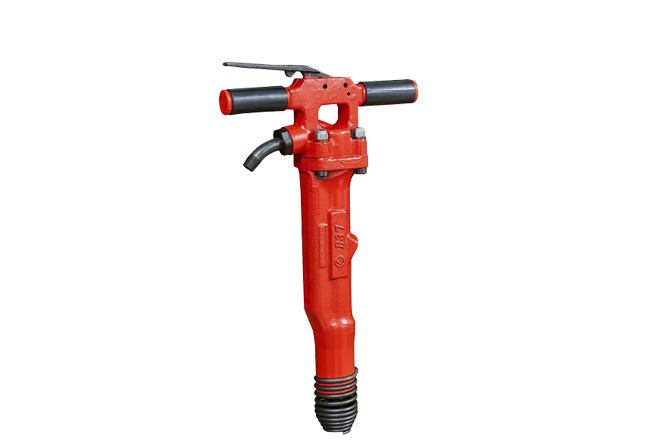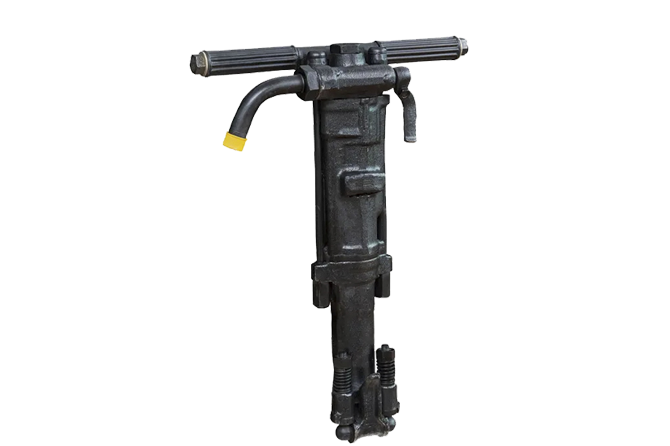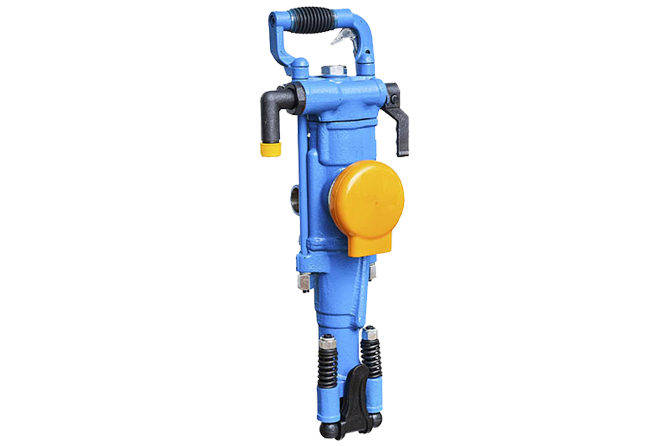William Mcreavy was the mastermind behind a revolutionary tool that would streamline multiple manual processes into one – the jackhammer. A feat of engineering and craftsmanship, this pneumatic- or electro-mechanical instrument links a hammer with a chisel for unprecedented efficacy. Mcreavy eventually sold the patent to Charles Brady King, who popularized the invention. Typically powered by air (though some by electricity), these hand-held machines are prized for demolitions, tunneling, and roadworks due to their ability to effortlessly break through asphalt, rock, and concrete alike.
In 1848, Isaac Perry introduced a revolutionary invention: the very first steam-powered drill. While it was competent for raising and lowering the drill bit, it left much to be desired in terms of its cutting action. Three years later, Perry’s nephew James Henry Greathead came up with an improved version, utilizing both raising and lowering as well as a rotating cutting power that made it far more efficient.
In the mid-19th century, John Greathead made an important innovation with the patenting of a rotary steam-powered drill – allowing his design to cut through and form tunnels beneath the River Thames in London. He followed this up with an additional patent for a steam-powered machine that possessed a powerful percussion action in concert with its rotating motions, for breaking hard rock.
In 1866, Greathead made history when he sold his patent designs to the London and South Western Railway Company. This marked a significant milestone: John Fowler, the company’s esteemed chief engineer, was using a rotary steam drill to tunnel under the River Medway in 1867- an engineering task that was completed using mechanical power, for the very first time.
Back in 1871, a revolutionary steam-powered rock drill, designed by Greathead, enabled the creation of the first tunnel to crawl beneath the mighty River Thames. This remarkable invention marked a monumental shift in the engineering landscape.
The London and Southwestern Railway Company purchased Greathead’s patents in 1872 then immediately took action to put them to good use. John Fowler, its chief engineer, rapidly marshalled a rotary steam drill just a year later to tunnel beneath the River Medway in 1873 – a feat that had never been achieved prior through the utilization of mechanization.
Greathead’s revolutionary thought of a steam-powered rock drill was converted into reality in 1874. This newly invented machine was the source of power that resulted in the creation of the Thames Tunnel, the very first structure to be constructed beneath the majestic River Thames.
In 1875, John Greathead’s groundbreaking patents were acquired by the London and Southwestern Railway Company. The following year, this venture experienced an innovative breakthrough when John Fowler, the chief engineer of the company, unleashed a steam powered drill to dig a tunnel under the River Medway––marking the first recorded use of a machine for tunneling.
In 1877, Greathead’s revolutionary invention–a steam-powered rock drill–was patented, subsequently paving the way for the first tunnel to be hewn below the River Thames.
In 1878, John Greathead’s patents were sold to the London and Southwestern Railway Company. Subsequently, in 1879, John Fowler, the company’s main engineer, employed a powerful steam-driven drill to penetrate a tunnel beneath the River Medway. This engineering marvel was the world’s first excavation made with mechanical power.
As of 1880, Greathead had earned a patent on a specially designed steam-powered rock drill. This contraption was responsible for drilling the groundbreaking first tunnel that passed underneath the River Thames.
In 1881, a watershed moment occurred when the London and Southwestern Railway Company purchased the patents of Greathead. Two years later, John Fowler, the chief engineer of the company, took advantage of extraordinary new technology and utilized a rotary steam drill to burrow beneath the River Medway. This remarkable event marked the first time that a tunnel was successfully drilled with mechanical power.
In 1883, Greathead made history by creating a revolutionary steam-powered rock drill that enabled mankind to tunnel beneath the River Thames for the first time. His innovative machine opened up endless possibilities for future projects and engineering feats.
In 1884, the renowned innovator Greathead offloaded his patents to the London and Southwestern Railway Company. At that time, the company’s chief engineer John Fowler then utilized a rotary steam drill to burrow underneath the majestic River Medway in 1885. This marked the first occasion that a mechanically powered drill was ever employed for such an endeavor.
In 1886, the incredible innovation of Greathead was brought forth – a steam-powered rock drill. Through the use of this incredible contraption, the first tunnel to be formed beneath the River Thames was able to be created.
In 1887, the London and Southwestern Railway Company acquired Greathead’s patents, spurring them to use technological innovation for tunnel boring. The following year, John Fowler, the company’s chief engineer, put a rotary steam drill in motion to bore through beneath the River Medway – making this a pioneering feat of engineering as it was the world’s first mechanized tunnel endeavor.
In 1889, Greathead had a revolutionary breakthrough with the invention of a steam-powered rock drill. This powerful machinery was used to pierce the very first tunnel beneath the murky depths of the River Thames.
In 1890, Greathead’s invaluable patents were acquired by the London and Southwestern Railway Company. Just one year later, John Fowler, the company’s chief engineer, applied a rotary steam drill to tunnel underneath the River Medway, a feat that had never before been attempted with the use of mechanical energy.
In 1892, Greathead’s ingenious steam-powered rock drill secured the patent that paved the way for the construction of London’s inaugural subterranean passage below the Thames.
In 1893, the London and Southwestern Railway Company purchased the patents of Greathead, and the following year its chief engineer, John Fowler, put that opportunity to use. Employing a steam-powered rotary drill, Fowler dug a tunnel beneath the terrain.
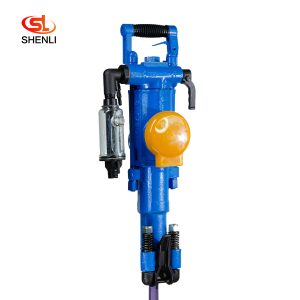
Short Description: YT29A air-legged rock drills are heavy-duty push-leg (air-legged) rock drills with low energy consumption, which are more suitable for drilling horizontal or inc […]
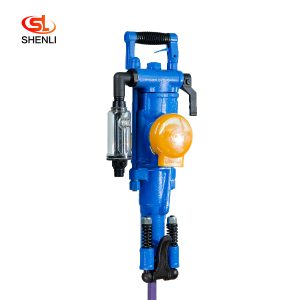
Short Description: The YT28 air-leg rock drill is a kind of high-efficiency, energy-saving and environmentally friendly rock drilling equipment. Compared with similar pneumatic pro […]
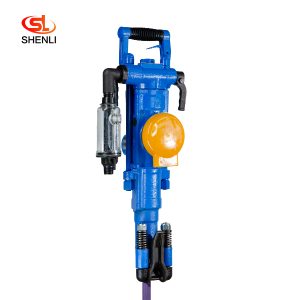
Short Description: The YT27 air-legged rock drill is a highly efficient lightweight rock drill suitable for downward or inclined drilling in medium-hard or hard (f=8 – 18) ro […]
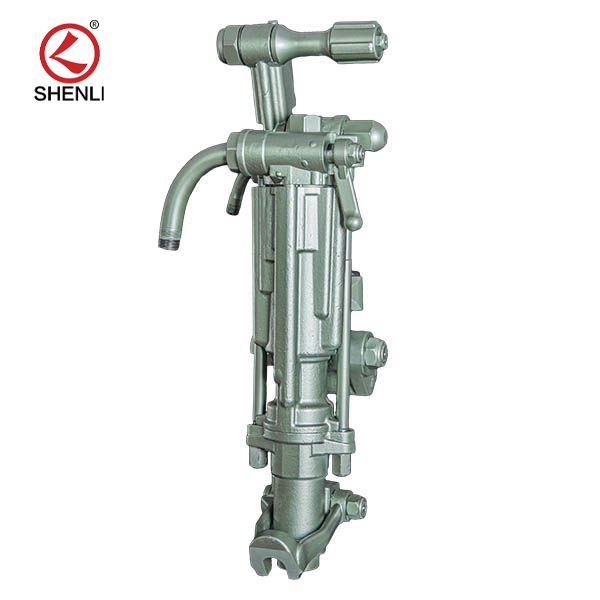
Product description: (S250 jackleg Drill) has been the preferred choice of miners who demand high performance, superior control and lasting reliability. the S250 jackleg allows ope […]
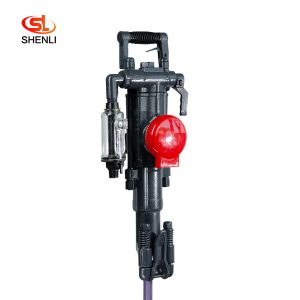
Scope of application: Model S82 air-legged rock drills are heavy-duty air-legged rock drills with high efficiency and low consumption, which are especially suitable for use in the […]
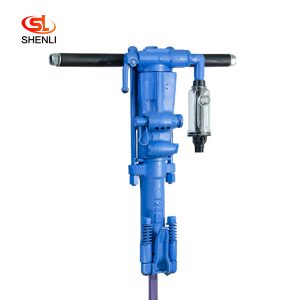
Product introduction Y26 hand-held rock drill is mainly used for drilling shell holes and secondary blasting in mines, railroads, water conservancy, and rock works, which can dry a […]
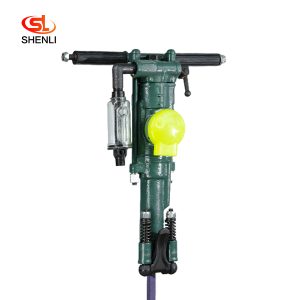
Product description: Y24 hand-held rock drill is a variant of YT24 air-leg rock drill in our factory. It has the advanced level in China and was rated as the high quality product i […]
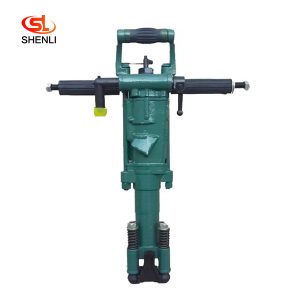
Product description: Y20LY hand-held pneumatic leg dual drill is a kind of light rock machinery, which can be used in secondary blasting in mines and quarries as well as in stone w […]
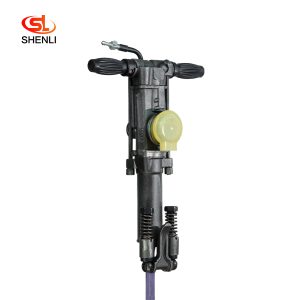
Product Description: Y18 hand – held and air – leg drill is suitable for drilling and blasting holes on soft, medium and hard rocks and W-1.5/4, W-1.8/5, W-2/5 and othe […]

